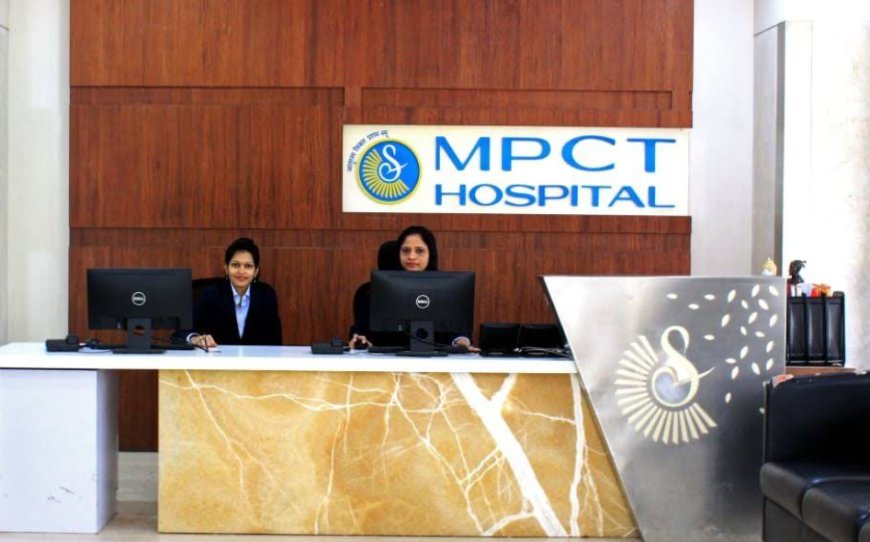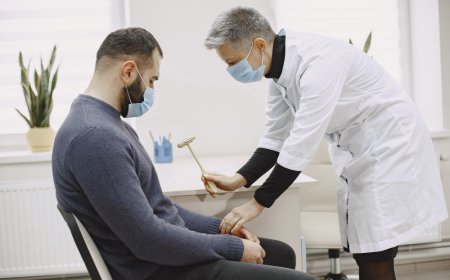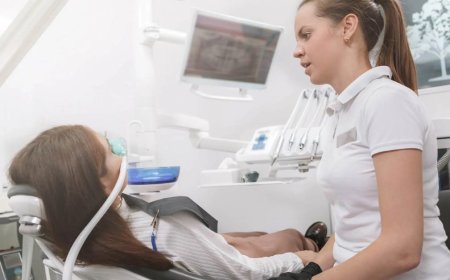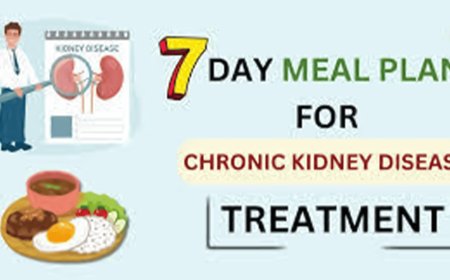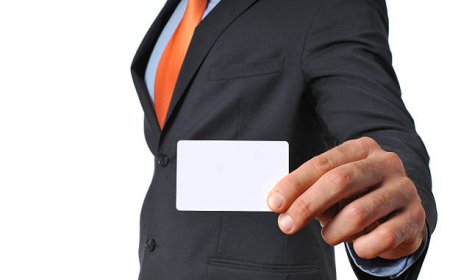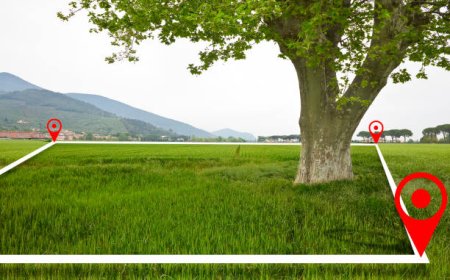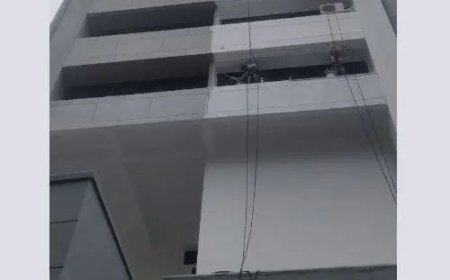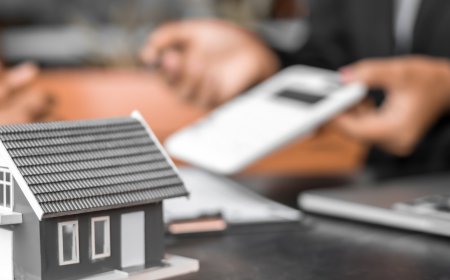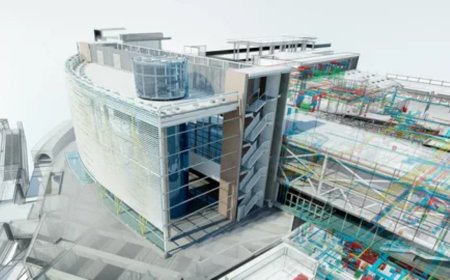Signs and Symptoms of Gallstones – Know When to See a Doctor
Explore common signs and symptoms of gallstones like abdominal pain, nausea, and jaundice. Learn how to identify, diagnose, and treat gallstones effectively.
Signs and Symptoms of Gallstones: Dont Ignore These Warning Signals
Gallstones can be quiet passengers inside your gallbladderuntil they cause a crisis. Many people dont realize they have them until the pain becomes unbearable or an emergency strikes. Thats why learning the early signs and symptoms of gallstones is critical. Knowing what to look out for can help you take action before things get complicated.
Lets explore how gallstones develop, who is most at risk, and how to detect and treat the condition before it disrupts your health.
What Are Gallstones?
Gallstones are small, hardened deposits that form in the gallbladder, a pear-shaped organ that stores bile for digestion. These stones can be made of cholesterol, bilirubin, or other substances, and range in size from a grain of sand to a golf ball.
Gallstones can exist without symptoms (known as "silent stones"), but when they block bile flow, the signs and symptoms of gallstones can show up quickly.
What Causes Gallstones?
Youre more likely to develop gallstones if:
-
You're female
-
You're over the age of 40
-
You are overweight or obese
-
You have rapid weight loss
-
You follow a high-fat, low-fiber diet
-
You take estrogen therapy or birth control pills
Genetics also play a role, especially in women with a family history of gallstones. All these factors contribute to the signs and symptoms of gallstones appearing earlier in life.
Top Signs and Symptoms of Gallstones to Watch For
The warning signs vary depending on the size of the stones and whether they're blocking the bile ducts.
1. Upper Right Abdominal Pain
This is the most common symptom. It may start suddenly, often after a heavy or fatty meal, and can last from 30 minutes to a few hours.
2. Pain That Radiates to the Back or Shoulder
The pain can travel to your right shoulder or back and may worsen when you breathe deeply or move.
3. Nausea and Vomiting
One of the key signs and symptoms of gallstones is digestive upset after mealsparticularly rich or greasy ones.
4. Bloating and Indigestion
Unexplained bloating, gas, or a heavy stomach can be early signs, especially if these occur regularly after eating.
5. Jaundice (Yellow Skin and Eyes)
If a stone is blocking the bile duct, bilirubin can build up in your system, causing the skin and eyes to turn yellow.
6. Fever and Chills
These are signs of infection in the gallbladder (cholecystitis), requiring urgent medical care.
When Gallstones Become an Emergency
If you experience the following, seek emergency care:
-
Intense abdominal pain that doesn't subside
-
Vomiting for more than a few hours
-
High fever or chills
-
Yellowing of the eyes or skin
-
Clay-colored stools or dark urine
These are serious signs and symptoms of gallstones and may indicate bile duct infection, pancreatitis, or gallbladder rupture.
How Gallstones Are Diagnosed
Doctors may recommend the following diagnostic methods:
| Test | Purpose |
|---|---|
| Ultrasound | Detects stones and swelling |
| CT Scan | Looks for inflammation or complications |
| HIDA Scan | Measures gallbladder function |
| Blood Tests | Check for infection and liver enzymes |
These help confirm the presence of signs and symptoms of gallstones and rule out other causes of pain.
Treatment Options for Gallstones
Treatment depends on whether you're experiencing symptoms and how severe they are.
1. No Treatment (Watchful Waiting)
If the stones are silent, doctors may monitor you instead of treating immediately.
2. Medications
Certain bile acid pills may dissolve small stones, though this is rarely a permanent solution.
3. Surgery (Cholecystectomy)
The most common and effective treatment is gallbladder removal, often done laparoscopically.
4. Endoscopic Procedures
ERCP may be used to remove stones from the bile duct.
Surgery is typically recommended if signs and symptoms of gallstones are recurring or severe.
Prevention Tips
To reduce your risk of developing gallstones:
-
Maintain a healthy weight
-
Avoid rapid weight loss
-
Eat a fiber-rich diet with less saturated fat
-
Stay physically active
-
Dont skip meals or fast for long periods
These lifestyle changes may help prevent the signs and symptoms of gallstones from ever surfacing.
Case Example
Patient: 42-year-old male
Symptoms: Severe right upper quadrant pain and nausea after dinner
Diagnosis: Ultrasound revealed three cholesterol-based gallstones
Treatment: Underwent laparoscopic gallbladder removal
Outcome: Symptom-free within one week, returned to normal diet in two weeks
A classic case where early recognition of the signs and symptoms of gallstones led to fast diagnosis and successful treatment.
Final Thoughts
Dont let gallstones catch you off guard. From sharp abdominal pain to persistent indigestion, the signs and symptoms of gallstones can vary widelybut they all signal one thing: it's time to get checked.
With proper awareness, early diagnosis, and timely treatment, you can manage or eliminate gallstone complications. Talk to a doctor if youve been feeling unusual pain after meals or have digestive symptoms that wont go away.
